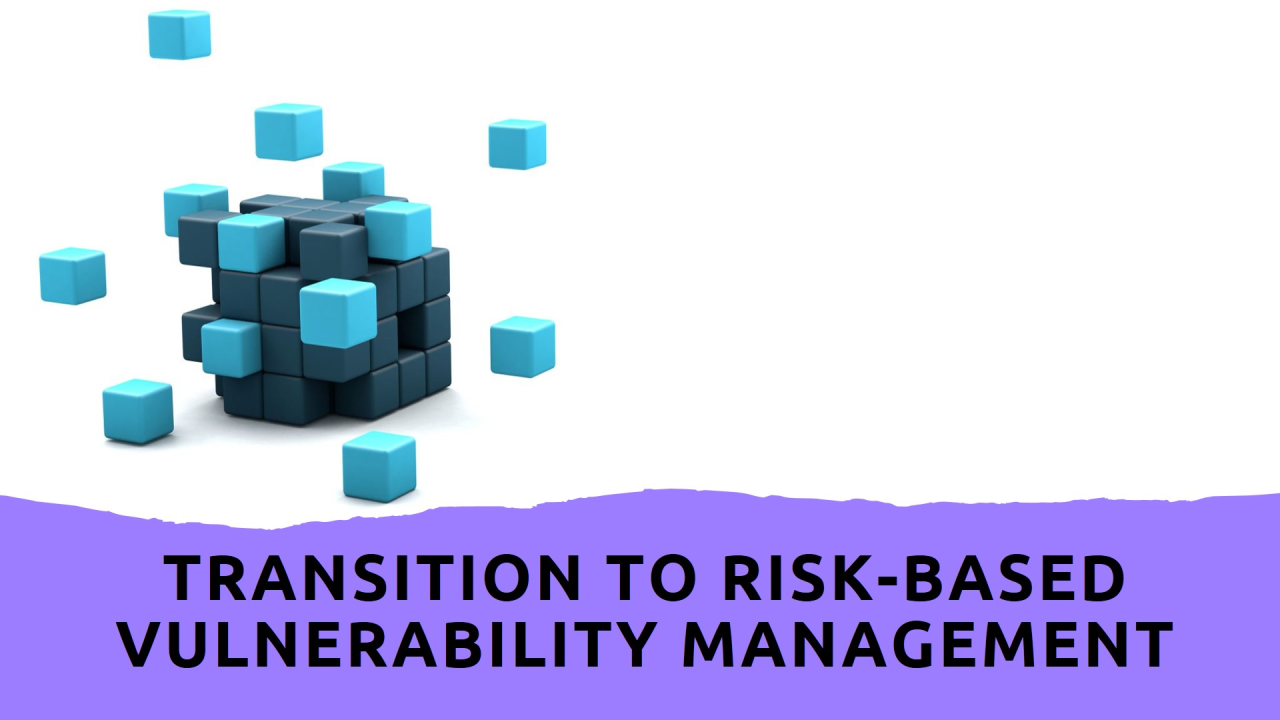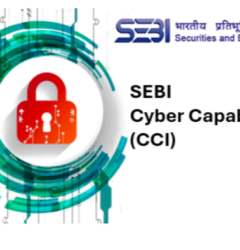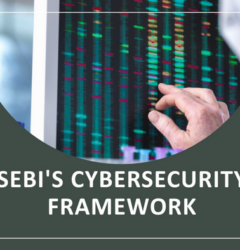

In the world of cybersecurity, managing vulnerabilities is akin to preparing for an ever-evolving battle. Relying on traditional tools like Excel spreadsheets for compliance, audit, and rRisk-Based Vulnerability Management is like bringing a knife to a gunfight. While Excel has been a staple in data management for decades, its limitations become glaringly apparent when pitted against the complex and dynamic nature of cybersecurity threats.
This post explores why Excel falls short in managing vulnerabilities and how a vulnerability management system based on risk principles offers a more effective solution for GRC (Governance, Risk, and Compliance) automation and cybersecurity.
The Limitations of Excel in Vulnerability Management
Excel’s simplicity and accessibility have made it a popular choice for tracking and managing data. However, when it comes to vulnerability management, its shortcomings are significant:
1. Scalability and Automation
As organizations grow, the volume of vulnerabilities escalates exponentially. Excel struggles to handle large datasets efficiently, and its lack of automation capabilities means that updating spreadsheets becomes a manual, time-consuming task.
2. Real-Time Data
Cyber threats evolve rapidly, necessitating immediate action. Excel cannot provide real-time updates or alerts, leading to potential delays in addressing critical vulnerabilities.
3. Collaboration and Accessibility
Vulnerability management is a team effort, requiring seamless collaboration. Excel files, when shared across teams, can lead to version control issues, with no easy way to track changes or ensure that everyone is working from the most up-to-date information.
4. Complex Risk Assessment
Excel lacks the sophisticated algorithms needed to accurately assess and prioritize vulnerabilities based on risk. This can lead to a misallocation of resources, with teams potentially focusing on low-risk issues while critical vulnerabilities remain unaddressed.
The Advantages of a Risk-Based Vulnerability Management System
Transitioning to a vulnerability management system that is based on risk principles offers a comprehensive approach to cybersecurity. Here’s why it’s the equivalent of bringing a gun to a gunfight:
1. Prioritization Based on Risk
Risk-based systems evaluate vulnerabilities based on their potential impact and the likelihood of exploitation, ensuring that resources are allocated to address the most critical issues first.
2. Automation and Efficiency
These systems automate the process of detecting, assessing, and prioritizing vulnerabilities, reducing the workload on security teams and allowing for quicker responses to threats.
3. Real-Time Updates and Alerts
With the capability to provide real-time data and alerts, risk-based systems ensure that organizations can respond to new vulnerabilities as they are discovered.
4. Comprehensive Reporting and Analytics
Beyond simple tracking, these systems offer in-depth analysis and reporting features, providing insights into vulnerability trends and the effectiveness of the security measures in place.
5. Collaboration and Integration
Designed for teamwork, risk-based systems facilitate collaboration across departments and can integrate with other security tools, creating a unified defense strategy.
Conclusion
While Excel may offer a familiar and straightforward way to track information, its inadequacies in managing vulnerabilities are clear. In the fast-paced and complex world of cybersecurity, relying on Excel is like bringing a knife to a gunfight — a mismatch that leaves organizations vulnerable and underprepared.
Transitioning to a vulnerability management system based on risk principles equips teams with the right tools to effectively combat cyber threats, ensuring that resources are focused where they are needed most. This strategic approach not only enhances security but also aligns with the broader objectives of risk management, making it an indispensable component of modern cybersecurity frameworks.
Additional Learning:
- Watch a complete tutorial on Risk-Based Vulnerability Management.
- Learn about Cyber Risk Intelligence in detail.
















Recent Comments